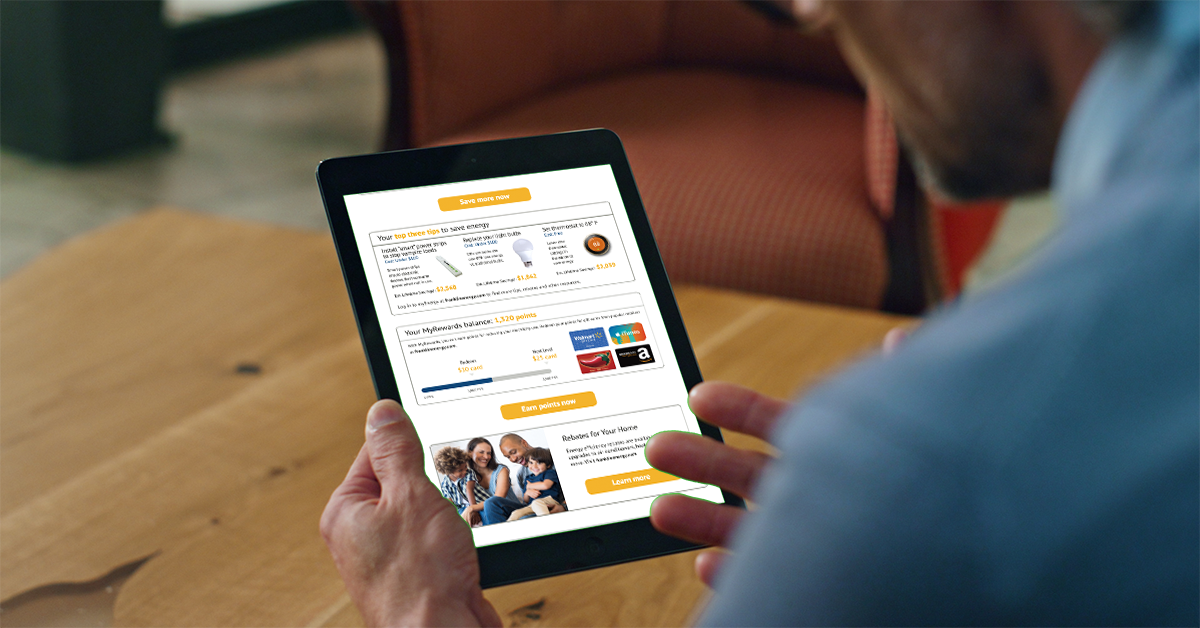Unlocking the Future of EV Charging: Key Insights Every Utility Should Know
November 11, 2024 •Lee Ann Head

The electric vehicle (EV) revolution is well underway, and as EV adoption continues to rise, utilities must adapt to meet the growing demand for electricity. With more than 1.4 million EVs sold in 2023 alone, understanding the charging behaviors and preferences of EV owners—and offering managed charging options they’ll accept—is becoming increasingly important for maintaining grid stability and optimizing energy consumption.
As the Director of Emerging Solutions for Franklin Energy and the lead solution architect on our EV solution, I’ve spent the last three years collaborating with other Franklin Energy experts to develop the operational methodologies, strategic partnerships, and technology platform to support EV programs for our utility clients. I’ve also reviewed (and responded to) a lot of utility managed charging RFPs. And I kept wondering…. are we designing these programs correctly? I’ve seen studies that compare the kW savings for managed vs. passive charging programs or EVSE vs. telematics programs, but I’ve never seen a study that explores what EV owners think of these programs. Shouldn’t we know our target audience’s preferences? Having run research and insights for an agency for 17 years, I became determined to fill that information gap.
With that in mind, Franklin Energy surveyed 390 utility customers—164 current EV owners and 226 near-term EV buyers—to uncover key insights into their preferences around EV charging. Our findings provide valuable guidance for utilities looking to build more effective managed charging programs that align with customer needs while optimizing grid reliability. This is the first in a series of blogs that will highlight some of the most important takeaways and how they can shape future program strategies.
Why Charging Preferences Matter
One of the standout findings is that 100% of EV owners prefer charging their vehicles at home, with 98% of likely buyers planning to do the same. Even more surprising is that 77% of EV owners claim to own a Level 2 charger and three quarters of those who don’t, plan to buy one. Likewise, 94% of likely buyers plan to purchase a Level 2 charger. While there’s potentially some unrealistic aspiration in these numbers, this highlights just how critical it is for utilities to actively engage with EV drivers to educate on charging options, managed charging programs, and provide an easy-to-navigate marketplace with turnkey solutions to purchase and install home chargers with load-shifting capabilities.
While more manufacturers are offering a turnkey charger purchase experience, reliable information is not always available at dealerships. Sales teams are often unfamiliar with charger types, pricing, charging speeds, and the potential costs of preparing a home for EV charging. That’s why it's so important for utilities to step in and bridge this knowledge gap, ensuring customers have all the resources and guidance they need for a smooth transition to electric vehicles.
Utility Implications
Home charging is a clear preference, but it comes with its challenges. Many homeowners face logistical issues when installing a Level 2 charger, from needing local government permits to addressing concerns about their electrical panel's capacity. For utilities, this presents an opportunity to offer comprehensive EV make-ready programs, helping customers overcome installation hurdles. Partnering with trade allies to streamline the process—from obtaining permits to installing chargers—can remove barriers, making it easier for EV owners to adopt faster home charging. And as EV adoption grows among renters, utilities will need to address their needs with charging programs built to meet the specific requirements of multi-family property owners and managers.
When and How Often Drivers Charge
Our study found that over 50% of EV owners charge their vehicles five or more times a week, with one-third charging every day. Additionally, most owners and likely buyers say they charge or will charge greater than 50% of the time overnight—between 10:00pm and 8:00am. However, a significant amount of this charging occurs as drivers are getting home, between 4:00pm and 10:00pm, and approximately 25% of EV drivers are charging on weekdays during summer peak hours. Since we know that most people in the U.S. don’t need to charge for more than two hours on a Level 2 charger to meet average daily charging needs, there is a surplus of shiftable load here. Utilities can leverage this flexibility by encouraging off-peak charging through time-of-use (TOU) rates or via optimized managed charging to steer behavior and manage grid load more efficiently.
The shift to electrified transportation offers utilities a once-in-a-generation opportunity to enhance customer engagement and support grid stability. By understanding customer preferences and offering managed charging solutions, utilities can optimize charging patterns while providing a seamless experience for EV owners. Next time, I’ll cover what EV drivers and buyers think about the most common utility managed charging programs.
To dive deeper into our findings, download our report and learn how your utility can implement an effective EV managed charging program by contacting an expert at Franklin Energy today.

.png)
.png)


.png)
